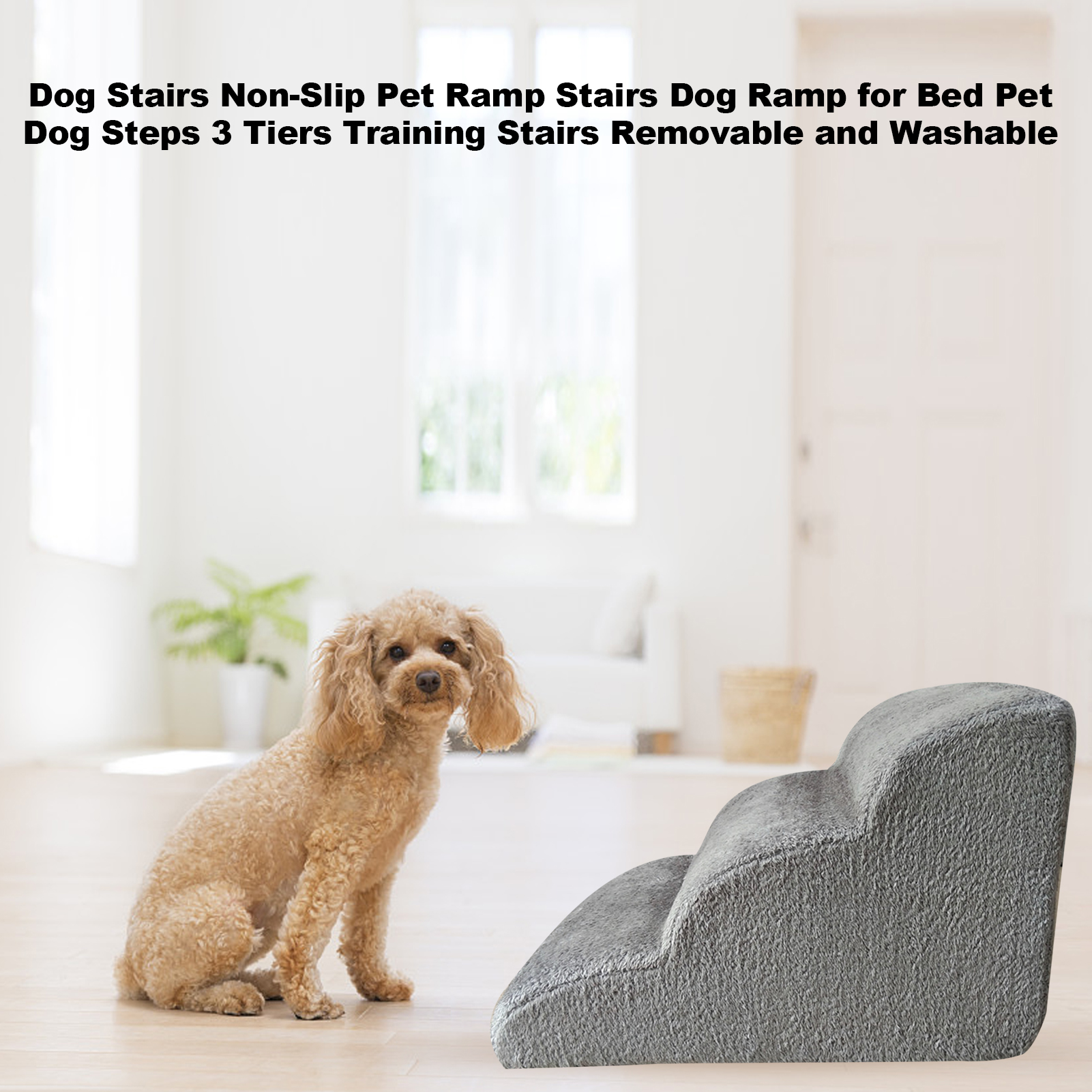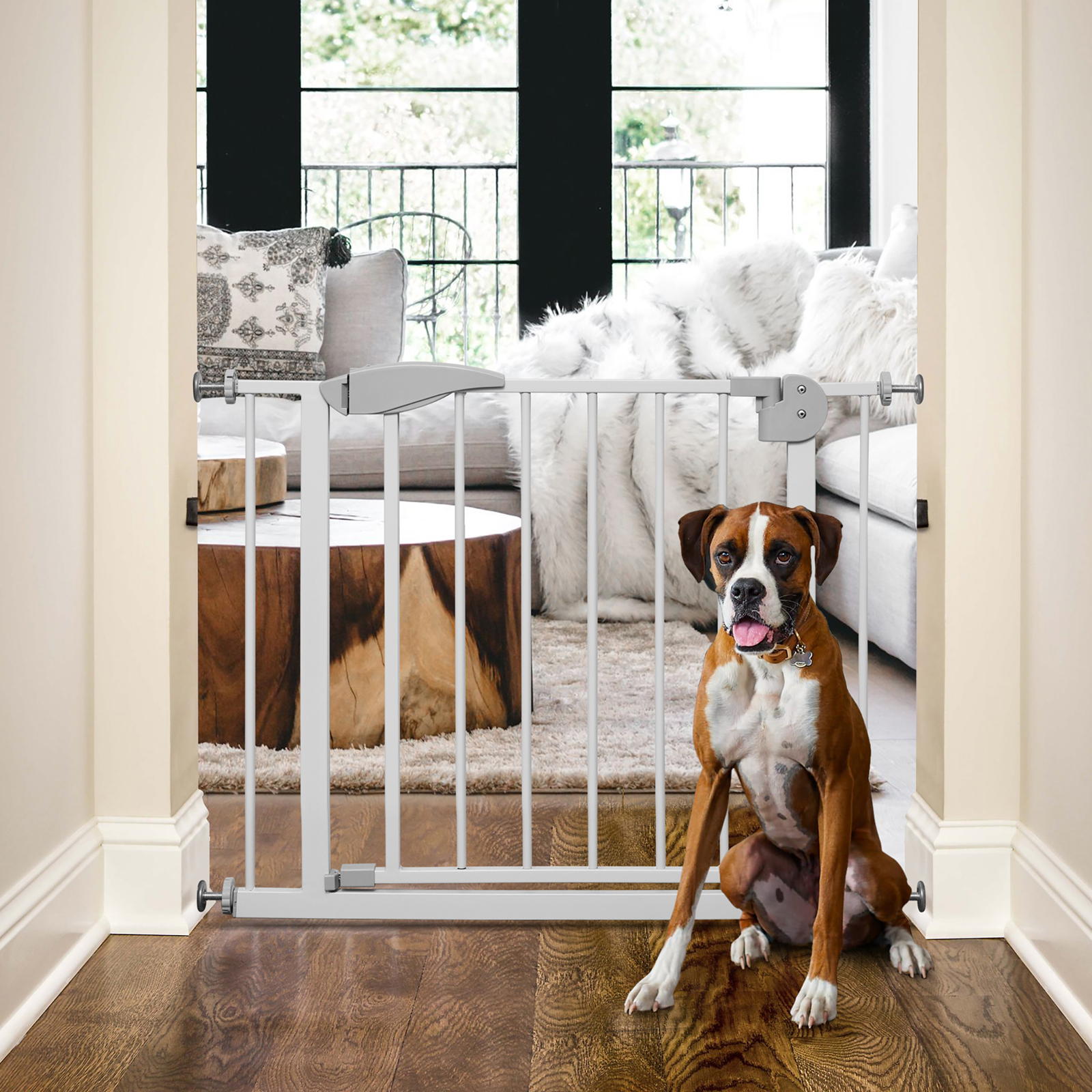Pet Staircase Safety Tips and Design Ideas
Guide or Summary:Pet Staircase Material ChoicesStaircase Design ConsiderationsStaircase Safety FeaturesInstallation and MaintenanceHomeowners and pet owners……
Guide or Summary:
- Pet Staircase Material Choices
- Staircase Design Considerations
- Staircase Safety Features
- Installation and Maintenance
Homeowners and pet owners alike are often intrigued by the idea of incorporating pet staircases into their living spaces. These charming architectural features not only add a touch of whimsy and coziness but also offer practical solutions for pet access to different levels of the home. However, with the allure of pet staircases comes the responsibility of ensuring their safety, both for our furry friends and the humans who share our homes. This comprehensive guide delves into the essential safety tips and innovative design ideas for creating pet staircases that are not only functional but also secure and enjoyable for all.

Pet Staircase Material Choices
When selecting materials for your pet staircase, safety should be your primary concern. The choice of materials will directly impact the durability, comfort, and overall safety of the staircase. Common materials used for pet staircases include wood, metal, and plastic. Wooden staircases offer a warm and natural aesthetic, making them a popular choice for many homeowners. However, it's crucial to choose a hardwood that is durable and can withstand the wear and tear of regular use by pets. Metal staircases, on the other hand, are often more robust and can be easier to clean, making them a practical choice for pet owners. Plastic staircases are lightweight and easy to install, but they may not be as sturdy as their wooden or metal counterparts.
Staircase Design Considerations
The design of your pet staircase should be tailored to the specific needs and abilities of your pets. For smaller pets like cats and dogs, stairs with a gentle incline and a tread that provides good grip are essential. Larger pets, such as horses or goats, may require steeper inclines and more substantial treads to ensure stability and safety. Additionally, the height of the staircase should be considered; it should be high enough to provide access to the desired area but not so high that your pet feels intimidated or unable to use it safely.

Staircase Safety Features
Safety features are paramount when designing a pet staircase. Non-slip treads, both on the steps and the landing, can significantly reduce the risk of accidents and injuries. Guardrails and handrails, if applicable, can provide additional support and security for your pets as they navigate the staircase. It's also important to ensure that the staircase is free from sharp edges, protrusions, or any other hazards that could cause injury to your pets.
Installation and Maintenance
Proper installation is crucial for the safety and longevity of your pet staircase. Ensure that the staircase is securely anchored to the wall or floor to prevent it from shifting or tipping. Regular maintenance, including cleaning and inspection, is also essential to keep your pet staircase safe and in good condition. Check for any signs of wear or damage and address any issues promptly to prevent accidents.

In conclusion, pet staircases can be a delightful addition to your home, offering both practical benefits and aesthetic appeal. By carefully considering the material choices, design elements, safety features, and maintenance requirements, you can create a pet staircase that is not only safe and secure but also a cherished feature of your living space. With the right approach, your pet staircase can become a beloved spot for your furry friends to explore and enjoy, enriching your home environment for years to come.